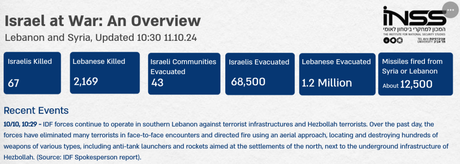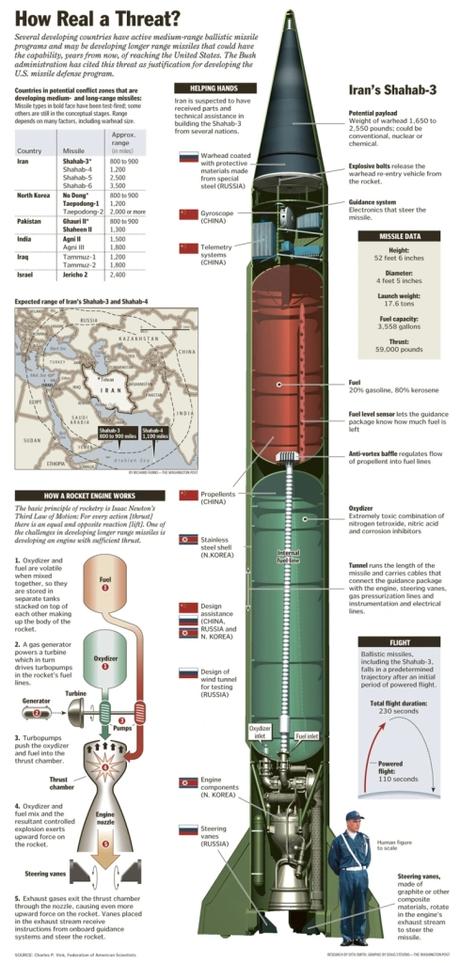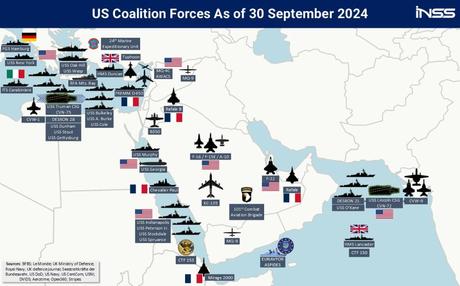On September 23, 2024, the IDF announced that it had launched the anticipated Northern Arrows operation against Hezbollah, as a follow-up to the previous Iron of Swords operation focused on destroying Hamas. Hezbollah had already started limited rocket, drone and missile support for Hamas on October 8, 2023, but the IDF responded with a barrage of missiles and limited airstrikes.
Israel has killed some 1000 Hezbollah terrorists in Lebanon in the past week and forced more than a million people to flee from Hezbollah strongholds. The IDF’s primary objective is to destroy Hezbollah’s military infrastructure near the Israeli border, especially in a place like Metula, where Hezbollah had a direct line of fire to target civilian homes due to topographical advantage.
Israeli airstrikes have already killed two followers of the slain Hezbollah leader as Israel expanded its ground offensive against the Iran-backed group with the Fourth Army Division entering into southern Lebanon.

Hezbollah
Hezbollah (“Party of Allah”) is the most armed non-state actor in the world and was founded in Lebanon in 1982 with the help of Iran’s IRGC. Hezbollah is believed to have at least 45,000 fighters, about 5,000 having completed advanced training in Iran and about 20,000 in training reserve units. It also possesses an estimated 130,000 – 200,000 missiles corresponding to about 1,500 precision guided missiles and thousands of UAVs (drones). Hezbollah has built a $1 billion-a-year public network. The Ministry of Foreign Affairs (US) estimates that Hezbollah received yearly 700 million dollars from Iran (that is, about seven times more than Hamas on average).
A 130-page report prepared by more than 100 high-ranking military and government officials as part of the Reichman University’s Anti-Terrorist Narrative Institute, made before 7/10/23, estimated that Israel’s war with Hezbollah will escalate with a massive and destructive Hezbollah rocket attack on all of Israel at a rate of 2,500 to 3,000 launches per day. The rate of fire challenges Israeli defense capacity like never before. With stocks of Iron Dome fighters and David’s Sling missiles depleted from the few day’s fighting, Israel is exposed to thousands of rockets and missiles without an effective active defense.

The IDF appears to be making progress in destroying Hezbollah’s military capacity and ability to threaten Israel. The IDF has struck Lebanon from the air, hitting 4,900 targets and around 6,000 ground targets since the start of the war. More than 800 terrorists, including about 90 commanders, have been eliminated. It has just been a year since Hezbollah attacked northern Israel with more than 12,000 missiles and rockets.
The head of the IDF’s Northern Command has told local northern community leaders that they could start planning for the return of their residents after the Sukkot holiday at the end of the month.
Iran
“Our attack will be lethal, precise and mainly surprising. They won’t understand what happened and how it happened; they’ll see the results.” (Defence Minister Gallant)
According to various intelligence reports, after the ground attack, Iran has continued to support Hezbollah in three ways:
- It has sent military advisers to help restore command structures after Israel successfully killed many of Hezbollah’s middle and senior commanders.
- Iran has stepped up its efforts to move weapons both from its Syrian stockpile and through Iraq and
- Assist in conducting research to understand how the Israelis were able to penetrate the organization and obtain such valuable intelligence on commanders and prevent further leaks
To produce a nuclear weapon, Iran must enrich large amounts of uranium to weapons grade (90%), create the chain reaction necessary to detonate the bomb, and a delivery system such as placing the warhead on the missile.

Along with Britain and the rest of Europe, Iran has also organized and financed terrorism around the world, in addition to supporting Russia’s attack in Ukraine. The Washington Institute for Near East Policy has published a recent report on the subject: list of Iranian attacks around the world.
Negotiations between Israel and the United States continue over a response to Iran’s firing of 181 ballistic missiles into Israel last week. There are many attack options: from military installations to government symbols, energy infrastructure and Iran’s nuclear program.
While the Israeli government may well decide its response independently, Israel is dependent on the US for many issues, including its superior intelligence (via satellites), control of the airspace between Israel and Iran, coordination with other allies, including the UK military. with Arab regional partners and maintenance of Israeli munitions, including anti-missile equipment. The United States has a negative view of an attack against Iran’s nuclear program or oil infrastructure.
The attack and its contents have already been decided, and Defense Minister Gallant has described it as “deadly, accurate and mainly surprising. They don’t understand what happened and how it happened; they see the results.”

The possibility of a truce
Hezbollah has already suffered serious damage in the current phase of the war, not only physically as its missile capacity decreases, but also organizationally as Israel has eliminated main part the chain of command and decision-making levels of Hezbollah. This is illustrated by the fact that during the entire war, Hezbollah has not been able to carry out its actions presented in the threat scenario, such as a 7/10 ground attack on Israel by its special forces and a massive centralized rocket, drone and missile strike that cripples Israel’s air defense; instead of the dreaded daily dose of 3,500, Hezbollah has only been able to launch a maximum of three hundred per day.
Israel needs a truce on terms suitable to it, so that the evacuated residents of its northern border can finally return to their homes. Operating in the middle of a civilian settlement in the Hezbollah support area between the security zone and Beirut would cause significant problems for Israel’s ground operation, although the destruction to Hezbollah and through it also to Lebanon would be as devastating as Gaza. The continuation of the operation is also expensive, as one anti-ballistic missile Arrow missile costs $3 million, a David Sling costs just under $800,000 and an Iron Dome approximately $50,000 each, and Hezbollah probably still has an arsenal of just under 100,000 rockets, drones and missiles.
The terms of the Hezbollah/Lebanon and Israel truce itself do not have to be very complicated, at a minimum a truce could be made by implementing the resolution adopted by the UN – UNSC resolution 1701 (2006) – in which the Lebanese Army (LAF) removes Hezbollah’s armaments from the Litani River and the border ( Blue Line) with the support of UN UNIFIL forces. The Israeli army is doing most of the cleaning work and UNIFIL is already there to continue it.
The Northern Arrows operation that has begun has already reversed the roles of the parties: Earlier in the Gaza war, Hamas encouraged the Iranians to join the attack on Israel, and Hezbollah made a cease-fire in Gaza a condition for ending its offensive. Now Israel has reversed the equation and Hezbollah has expressed that they are ready for a truce despite the situation in Gaza and at the same time Iran has been expressed that in order to save itself and what is left of Hezbollah, they must pressure Hamas to release the hostages and contain Hezbollah.
In my opinion a truce in the near future would now be in the interest of all parties. Israel now has to tie up its reserves on seven fronts that hinder the return to normal life and economic and political development. Hizbullah (Shia) retains the remnants of its power, but the other two parties to the power-sharing agreement (Christians and Sunni Muslims) rise to a more prominent position, as does the Lebanese army. Iran will avoid the complete destruction of its best trump card and the international community can try to negotiate an agreement on Iran’s nuclear program and help in any negotiations between the parties.
Sources include: BICOM , BICOM , IDF , INSS

This article first appeared in Finnish webpublication : Ariel-Israelista suomeksi

